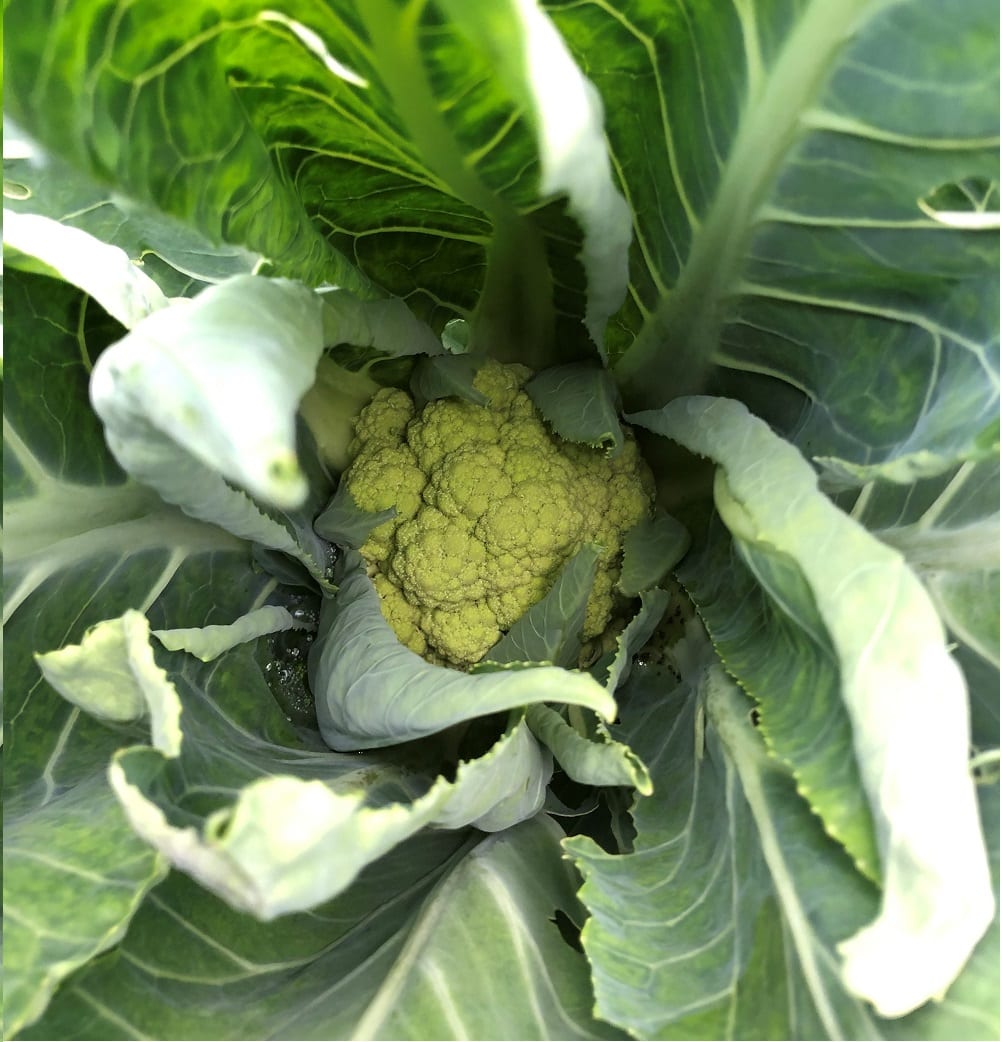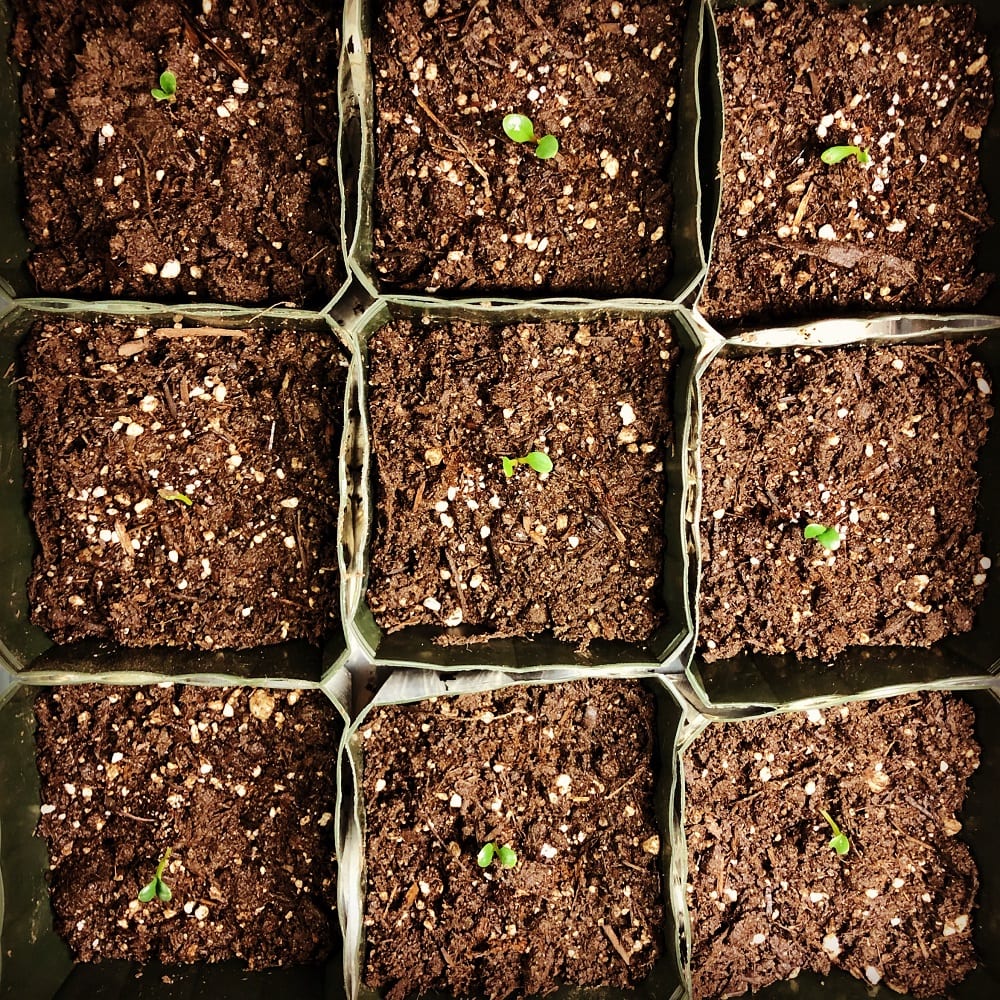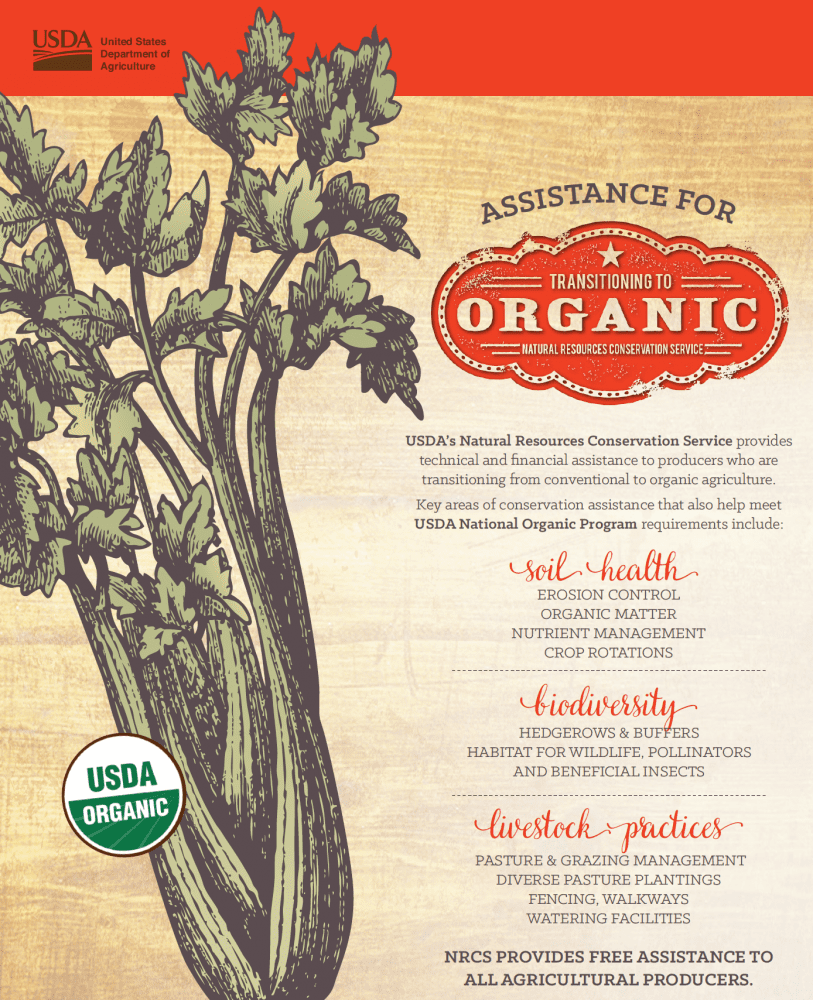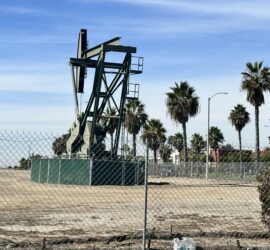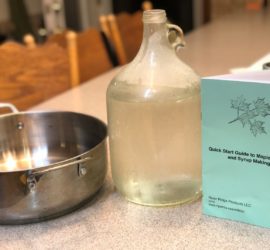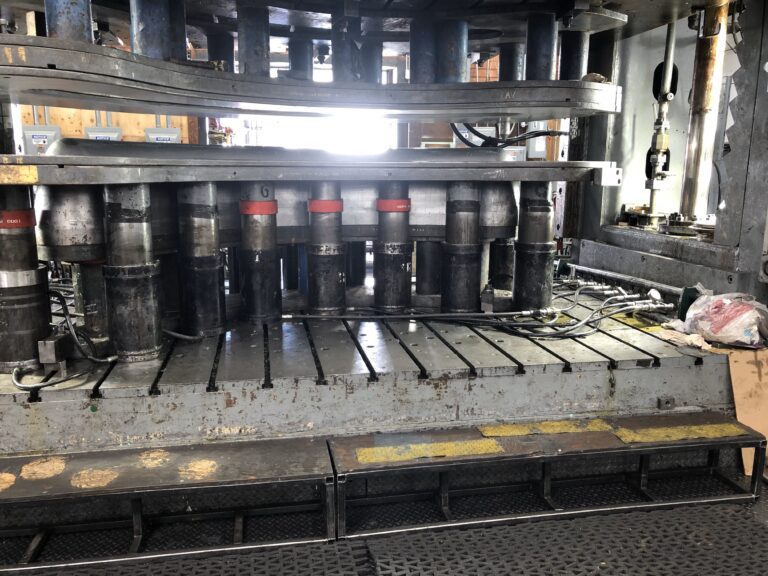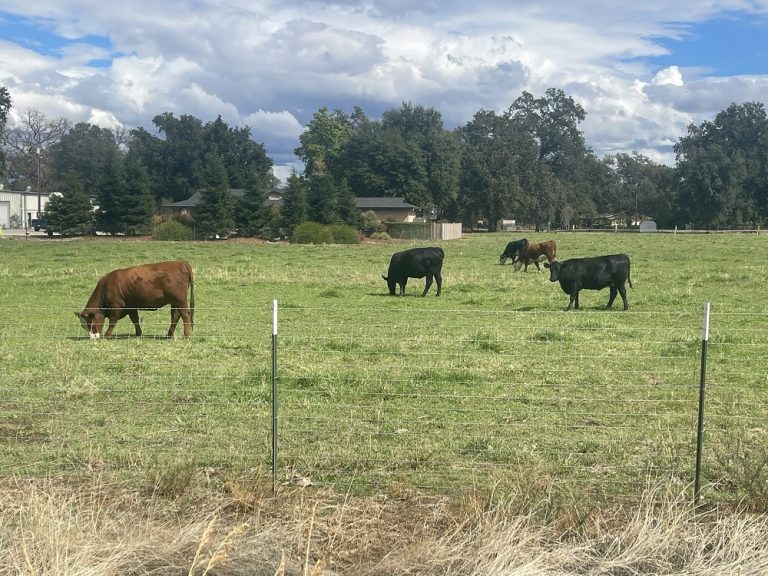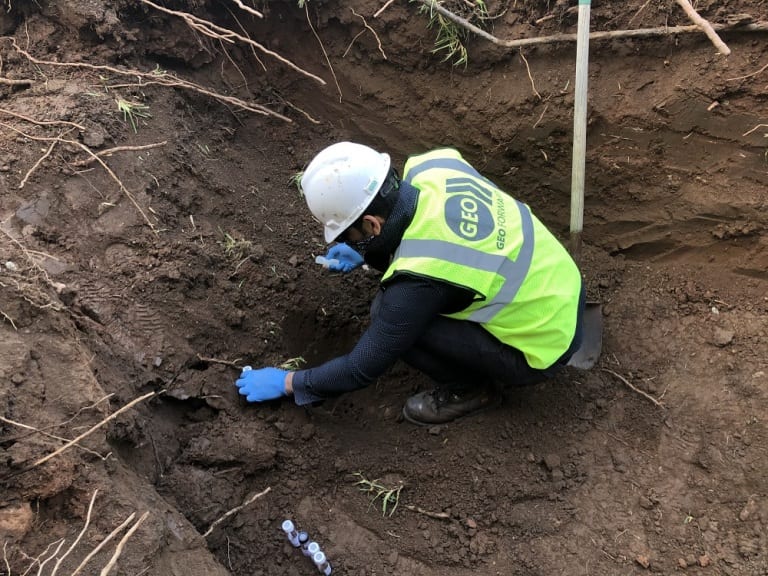Why Sustainable Agriculture and Sustainable Farming is Important
What is Sustainable Agriculture or “Sustainable Farming?”
Sustainable agriculture is an eco-friendly farming ideology that harmonizes every part of a natural ecosystem in order to upkeep soil fertility and produce an abundance of high-quality foods. Sustainable farming is an alternative concept to traditional farming methods that aims to preserve the environment. Moreover, sustainable agriculture embraces the humane treatment of livestock animals, as well as their integration with the local wildlife. Updated March 5, 2021.
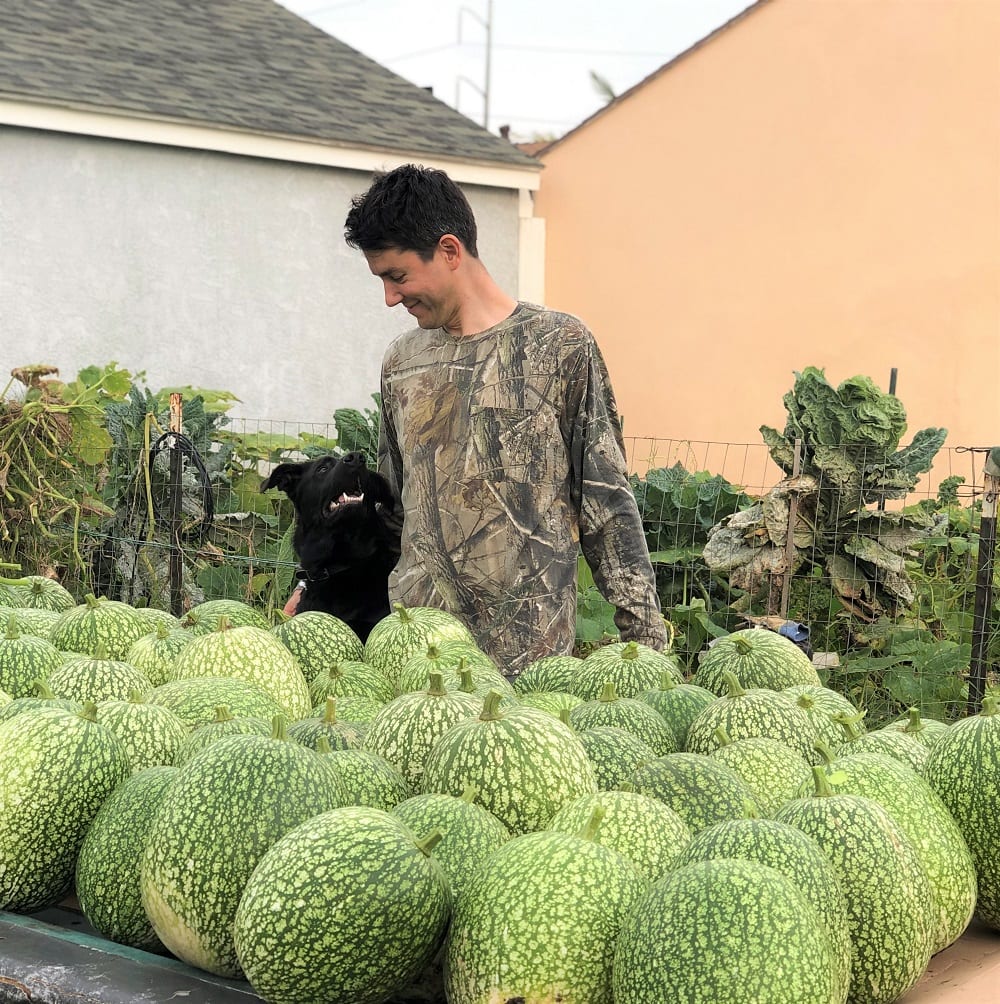
How Traditional Farming can be Hard on the Environment
It’s no secret that traditional farming methods can take a toll on the environment. In fact, countless environmental site assessments on commercial farming operations nationwide have reported “recognized environmental conditions” such as soil and groundwater contamination or air pollution caused by toxic pesticides, harmful chemical fertilizers, livestock waste, and more. Moreover, other environmental professionals overseeing these operations are reporting massive imbalances in the surrounding ecosystem. For example, wildlife habitat reductions, ground subsidence, soil erosion, and groundwater overpumping from aquifer resources. In fact, there are numerous other impacts that can occur, depending on the type of operation and its location.
The Goal of Sustainable Farming
Simply put, the goal of sustainable agriculture is to eliminate the environmental impacts of commercial farming operations, and ensure that the soil, groundwater, and ecosystem as a whole will remain healthy. As a result of implementing sustainable techniques, farmers can produce higher-quality foods at a rate that meets the needs of a growing population, while simultaneously increasing efficiency and the economic return for their efforts.
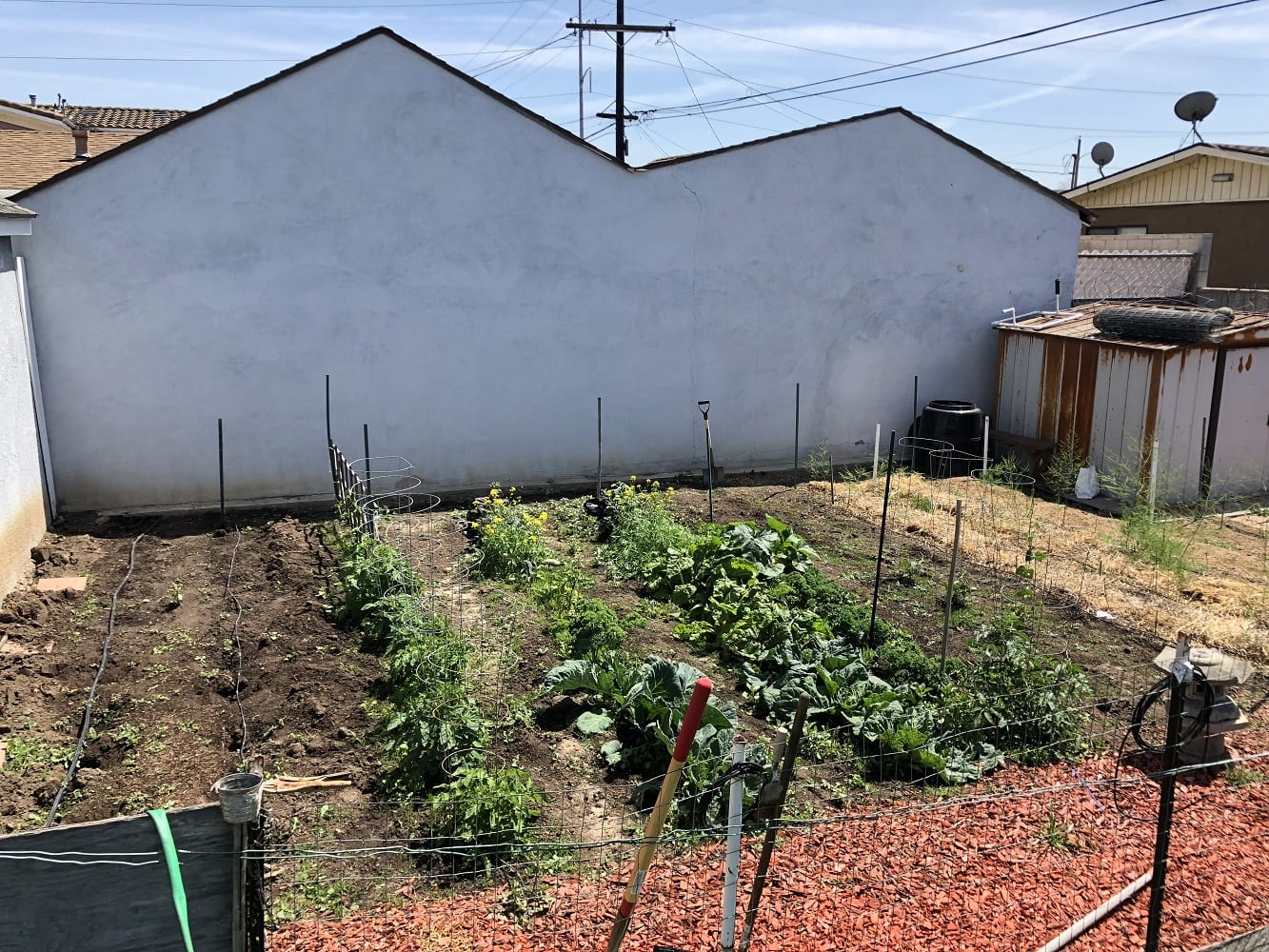
A Brief History of Agriculture
Consolidation of Hunters & Gatherers
Agriculture is the primary method of food production throughout the world. When the first nomadic hunter-gatherers decided to stay in one place and grow their own food, the relationship between humans and the Earth was forever changed. People began to alter the landscape in order to raise crops and livestock. And this would continue into the modern era. At this time, agriculture was slightly more harmonious with nature, in order to ensure long-term soil health. However, nature conservation was less of a concern in the process.
Technology Boom in Farming
With developing technology, the farming process became more efficient. For instance, trees could be cleared more efficiently to expand farmland. And fertilizing crops with manure was replaced with synthetic nitrogen-based fertilizers. Or irrigation ditches that were originally hand-dug from nearby surface water sources were replaced with deep wells pumping groundwater from underlying aquifers.
Chemicals, Pharmaceuticals & More
The first half of the 20th century saw major developments in new chemicals. Many of these apply to the use of herbicides, pesticides, fungicides, and insecticides. Similarly, pharmaceuticals introduced the use of antibiotics and growth supplements for massive industrial farming purposes. However, by the 1960s, biologists and geologists began noticing the negative effects of these chemicals entering the environment. And by the 1970s, the Environmental Protection Agency (EPA) began introducing major regulations such as the Clean Water Act and Clean Air Act.
Back to Basics 2.0
By the mid-1970s, farming starts to see a divide. On one hand, there is increasing industrial agriculture, biotechnology, genetic modification, and factory farming. And on the other hand, there is a growing demand for organic and healthy food. Nonetheless, at the forefront of the 21st Century, humankind is now pointed in the direction of sustainable, organic, and ethical food. Sustainable farming is not only an ethical application to the livestock within the farm, but also to the surrounding ecosystems.
Biodiversity in Sustainable Agriculture
The scientific community estimates that up to 50 percent of the Earth’s land is in use for crops and livestock. And there seems to concerns pertaining to the pollution and ecological disturbance each farm causes. But if these farms operate in a way that supports biodiversity, they can provide healthy wildlife habitats and help to restore the health of the overall ecosystem.
Biodiversity Can Be More Profitable
One characteristic of traditional farming is vast rows of a single crop per field. For example, a whole field by a farmer only grows corn. A traditional farmer will often focus on one crop because it leads to a more efficient short-term business model. However, on the long run, it is less efficient, less productive, and more damaging to the environment.
To illustrate, the single-crop concept ensures identical requirements across the entire field, for nutrients, water, and pest management. And no consideration is needed for how different crops might interact with one another. Thus, it’s easier to manage and control as a simple-cost model on a short-term basis. However, this process also creates an imbalance in the ecosystem referred to as a monoculture. And because a monoculture is centric to a single crop, it prevents symbiosis amongst other organisms.
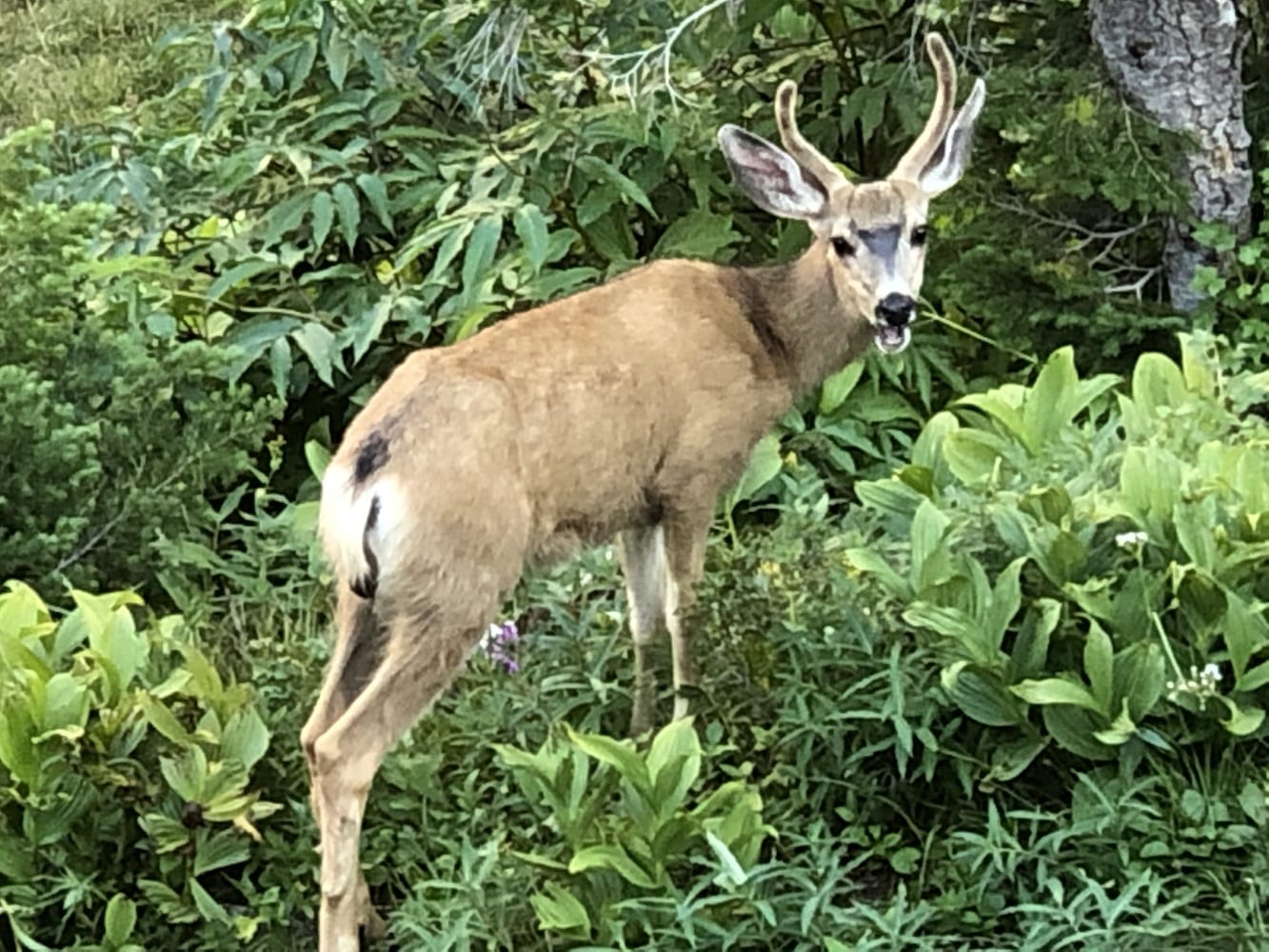
A monoculture crop field makes the environment difficult for other plant species to survive. As a result, there is no variety of shrubs, trees, and grasses for insects and animals to live in. And this lack of options for wildlife habitat can lead to an invasion by unhunted parasites. For these reasons, biodiversity in sustainable agriculture ensures that a monoculture does not exist. And farmlands with a variety of different plant species, including trees, will not only increase wildlife habitat but also provide benefits to the soil.
Soil Health in Sustainable Farming
When some people think of soil, they may simply imagine dry, dusty, lifeless brown dirt. But healthy soil is actually teeming with life. It is full of organic matter, rich with nutrients, and one of the most precious and fragile resources on the planet.
Top Soil O-Horizon
In geological terms, the top layer of soil is the O-Layer. This stands for the “organic” horizon because it is where most of the nutrients, moisture, and microorganisms exist. The O-Layer is a crucial part of the soil horizon for sustainable agriculture purposes, because it sustains life for the crops. A delicate balance exists between the root systems of plants and the pH value of the soil in which they grow. Complex interactions result in the uptake of water and nutrients from the ground, up into the plants. And the recycling of organic matter from plants, back into the ground, replenishes the nutrients and gives the soil structure.
Root Structuring Soil in Sustainable Farming
The roots of plants also help to hold the soil in place. When the land lacks a healthy root system to hold the topsoil in place, the rain will wash away the soil and it will follow the drainage channels to the nearest surface water source. And not only will this increase sedimentation in the water source where the soil deposits, but if fertilizers or pesticides were applied to the crops, then the run-off water will contain those chemicals as well, where they will cause a different set of problems for the water resources.
How Traditional Farming Contaminates Water Resources
The two main categories of pollutants that stem from conventional agriculture are hazardous chemicals and fertilizers. There are also animal waste concerns, which get toxic at mass production levels. But traditional farming notoriously adds hazardous chemicals into the soil for the use of pesticides, herbicides and insecticides. Additionally, it adds “boosters” in soil fertilizer, which comprise other additives such as nitrogen, phosphorus and potassium.
Although these substances assist farmers with short-term monoculture goals, there are environmental impacts associated with them. In fact, an abundance of any chemical in topsoil can leach into the underlying aquifer systems.
Traditional farming pollutants contaminate water resources in two main ways: runoff and leaching.
Water Pollution by Runoff
The first way contamination occurs is by runoff. This happens when the chemicals wash off the fields during rain or irrigation. As a result the chemicals end up in storm drains, rivers and lakes.
When fertilizers and pesticides enter a lake or the ocean, it damages the wildlife in various ways. For instance, pesticides will directly harm aquatic life because the chemicals are toxic by nature and designed to kill small organisms. And fertilizers will indirectly harm aquatic life by encouraging the growth of algae.
An artificial “algae bloom” will consume the available oxygen needed by the native animals, and block sunlight needed by the native plants. And when the native plants die off, their decomposition further depletes oxygen levels, creating a “dead zone” that cannot support aquatic life. Furthermore, the algae itself can be toxic as in the case of cyanobacteria, also known as “blue-green algae.”
Aquifer Contamination by Leaching
The second way pollution occurs is by leaching. This happens when chemicals percolate downward through the soil horizons, and enter groundwater aquifers or spring water systems.
Contaminated groundwater aquifers impact irrigation water quality as well as civilian drinking water quality.
Organic Agriculture
One way to eliminate the problem of chemical pollution from agriculture is to implement organic practices. The term “organic” applies to crops grown without the use of prohibited chemicals. Instead of synthetic nitrogen, organic farming relies on natural sources of nutrients from compost, manure, and minerals. Furthermore, organic agriculture excludes the use of genetically-modified organisms (GMOs).
The United States Department of Agriculture (USDA) has a certification process that verifies organic farming operations, and applies a “USDA Organic” label to those that meet the requirements. This certification can apply to fruits, vegetables, grains, meat, and dairy products. There are also other trusted third-party auditors that are authorized to issue independent organic certifications for the food product manufacturing sector.
What is Conventional Tillage?
Tillage refers to the preparation of the soil prior to planting seeds. After the previous crop is harvested, conventional tillage methods typically comprise plowing the field to turn the soil over. This mixes the top layer of residual plant matter into the deeper soils, and exposes the deeper soils to the surface. Additionally, tillage of the land will break up hard clumps of soil and kill any weeds that have started to grow (traditional tillage usually involves the application of chemical pesticides and fertilizers as well). Although there are advantages to tilling the soil in this way, there are also downsides to disturbing the soil to this extent.
For one, turning the ground’s natural mulch into the soil leaves the surface bare and vulnerable to erosion. And, the soil physical properties are altered- the natural structure of the soil is changed, and the moisture contained below the surface is exposed to the sun and the air to dry out. These factors can lead to compaction over time, which increases the need for future tilling, year after year. Furthermore, the organisms beneath the surface are affected as well, with microbial activity being reduced, and macroorganisms put in danger by the plow itself.
How do Conservation Tillage Practices Lead to Agricultural Sustainability?
The first practice to emerge that reduced soil disturbance aimed to all but eliminate it, and is appropriately called “no-till.” This type of conservation tillage does not turn the soil, nor disturb it all between planting, but for what is usually a single, narrow, shallow trench in which seeds will be placed. Varying degrees of conservation tillage were developed, and different strategies employed. But the main goal of conservation tillage is to reduce soil disturbance and leave much of the residual plant matter in place.
The result is that decaying plant matter from the previous season will act as mulch that will help to regulate moisture and humidity, reduce the growth of weeds, and combat soil erosion and run-off. And the deeper components of the soil are left in place underground, maintaining the natural soil structure and subsurface ecosystem. This creates a system more similar to what would naturally take place without any soil management- organic matter builds up over time, creating a top layer that is rich with nutrients, oxygen, and moisture. The longer the field is managed without tilling, the more robust this top layer becomes.
Finally, reducing tillage reduces the amount of equipment and labor hours required to manage the operation. In time, conservation tillage practices can actually be more economically sustainable to the farmer.
The Future of Farming
To meet the growing demand for food to feed a growing worldwide population, it is necessary to ensure that food production can be sustained for generations to come. The benefits of sustainable agriculture and farming will help the soil stay fertile, the water stays clean, the people stay healthy, and the farmers stay in business. Currently, there are federal subsidy programs to help farmers to transition to organic practices. While there is an upfront cost to the change, the government is showing signs that such a shift is important to the long-term viability of growing food in the United States, and around the world.
Sources:
https://www.worldwildlife.org/
https://oceanservice.noaa.gov/
Authors:
Written By: Michael Joseph Sabo
Co-Written By: Adam Azad Kaligi

